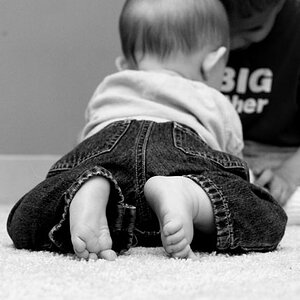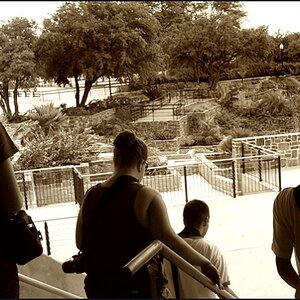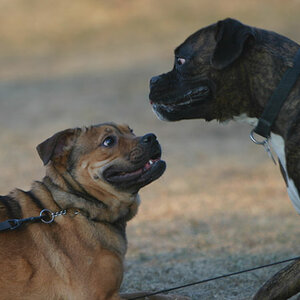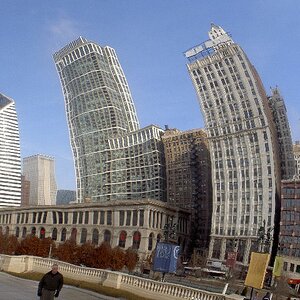julie32
TPF Noob!
- Joined
- Jun 25, 2007
- Messages
- 354
- Reaction score
- 0
- Location
- New York City
- Website
- www.juliestarkphotography.com
- Can others edit my Photos
- Photos OK to edit
Also--- how can I take a decent photo of a television program without the thick bands that are viewable across the screen..is it possible?
thanks
thanks






![[No title]](/data/xfmg/thumbnail/37/37524-6c51828efbc2361f9cfed53f63f28aa2.jpg?1619738130)
![[No title]](/data/xfmg/thumbnail/39/39293-55a527d2a9b287bf5e5b6d118abab22c.jpg?1619738958)





